It is believed that this place is the very inspiration behind Mary Shelley’s 1818 novel Frankenstein; or, The Modern Prometheus. But whether this is true or untrue, the castle itself has a history worth learning.
It stands in the Federal State of Hesse in Germany, gently elevated on the Odenwald Mountain and close to the borders of Darmstadt. The name itself is in essence comprised of two words: “Franks” refers to a Germanic tribe, while “Stein” is the word for stone.
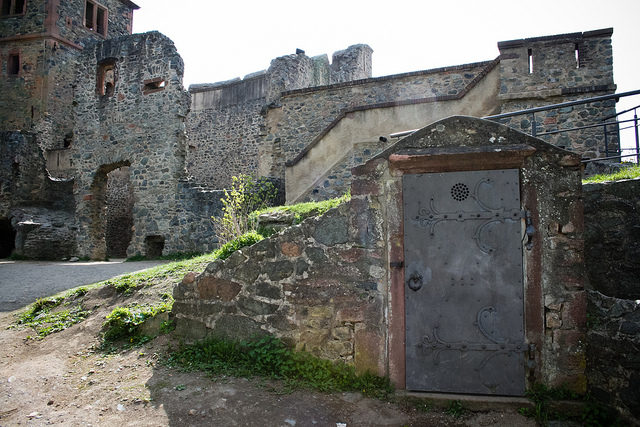
Following this, “Frankenstein” roughly translates to Franks’ Stone; stein is frequently used as part of other German names for castles and landscapes so it’s only natural that it is used here as well.
It was 1250 when Lord Conrad II Reiz of Breuberg set forth and built himself a castle that he named Frankenstein – he even gave himself the title of “von und zu Frankenstein” and this is proven by a document dated 1252. Lord Conrad II Reiz of Breuberg was also the man behind the free imperial Barony of Frankenstein.
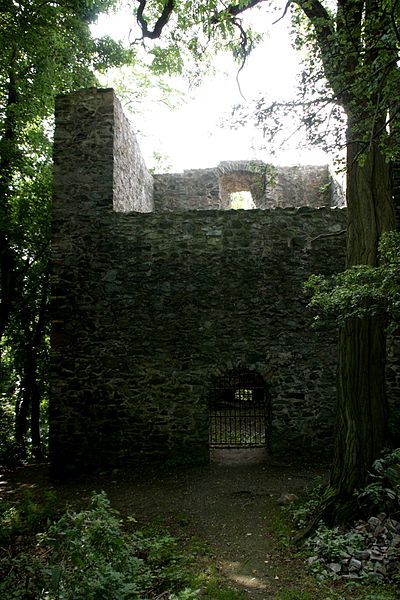
According to some scholars, the land this castle now occupies once belonged to an even older castle that was built in the 11th century. Just like any other castle, this one also needed its allies and in 1292 Frankenstein Castle formed a friendship with the County of Katzenelnbogen.
Then, around 70 years later, Frankenstein Castle was spilt in two; during this period, the castle was owned by both knights and lords of Frankenstein. A couple of hundred years later, and the castle went through its first major enlargement.
Then, in 1662, Lord John I sold his lordship, and the castle, after numerous alternative usages such as a hospital, fell into ruins during the 18th century. According to a number of historians, much of the overhaul that happened in the 19th century is historically inaccurate.
It doesn’t come as a surprise, given its age, that this castle has many legends tied to its past, legends that involve monsters and alchemists and dragons. Once such story begins with Johann Conard Dippel – it is believed that this man inspired Mary Shelly to write her novel, Frankenstein.
Dippel used to live in this castle and as years went on he became a professional alchemist. Mastering the craft of alchemy, he mixed an animal oil that was somewhat equivalent to the famed “Elixir of Life.”
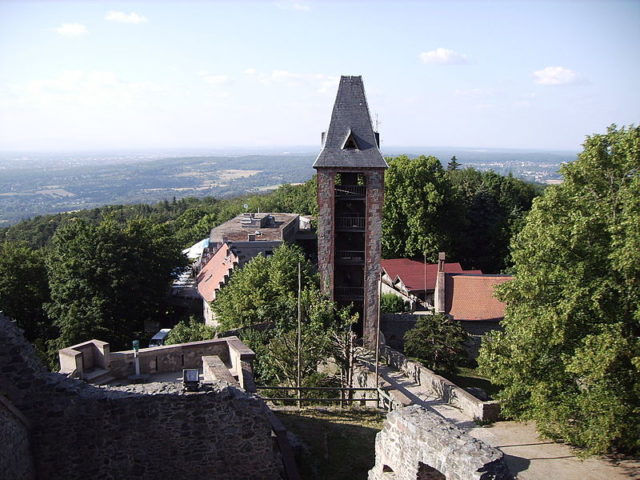
It was in this very castle that Dippel made experiments on dead bodies he hurriedly exhumed. In one such experiment, according to the legend, Dippel managed to bring a man back to life when a powerful lightning bolt struck the body of the deceased. And thus a monster was born.
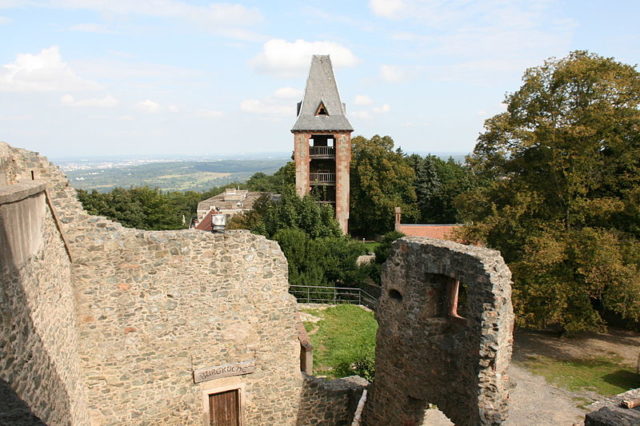
Another story about this castle is about a Dragon and Lord George and it begins, as these stories often do, with an undetermined period in the past. Back then, a fire-spewing calamity in a form of a dragon lived close to the water well in Frankenstein Castle. Needless to say, the local villagers were terrified of it for the dragon often attacked the villagers and ate them.
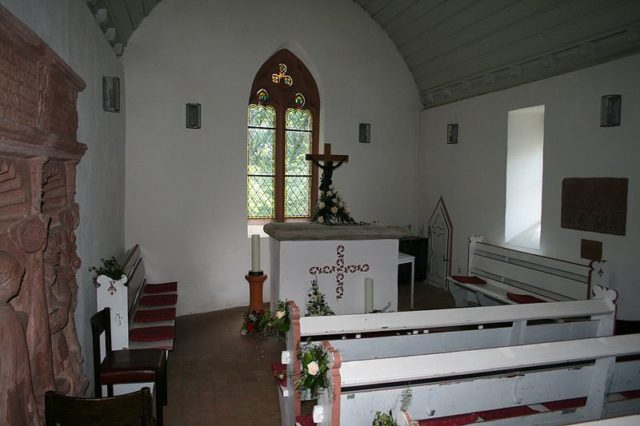
And so with no other choice, the villagers turned to Lord George, the daring knight. He quickly donned his armor and galloped to slay the dragon. Sure enough, he succeeded and the dragon was killed, but in the process, the knight suffered and also died. Lord George was buried on the east side of Frankenstein Castle in a tomb that stands to this day.
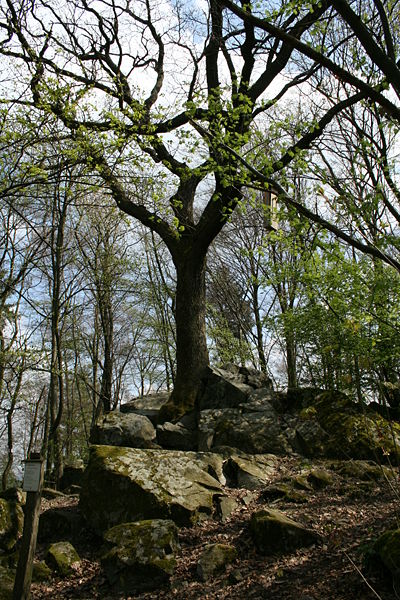
The rest of the tales include the legend of the Fountain of Youth that stands located in the gardens of the castle, as well as numerous stories of ghosts and paranormal activities.
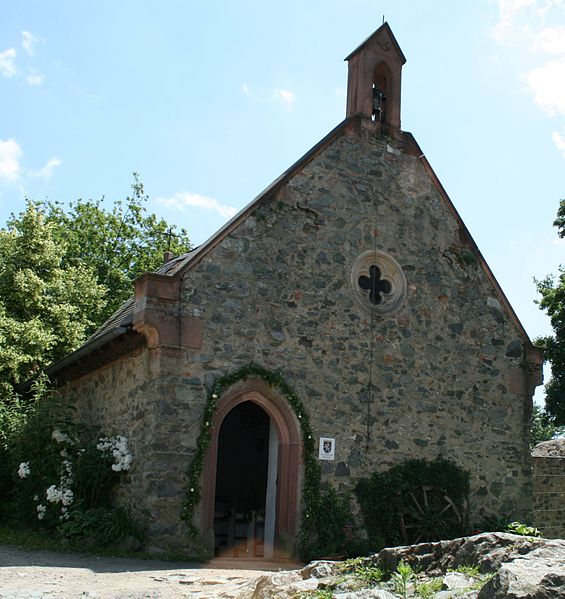
Whether this place is haunted or not, one thing is for certain: all of these tales have made this castle a famous tourist destination, especially around Halloween when people come from all over the world to marry in a ceremony that takes place in the chapel at Frankenstein Castle.
